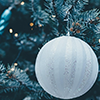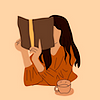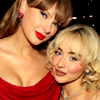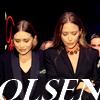[ SECRET SUBMISSIONS POST #988 ]
Saturday, 6 December 2025 19:49(Read more ...)
New Vid: Philip Swift/Syrena Fan Video - Sirens
Friday, 5 December 2025 23:13Please give me excuses to talk about my hyperfixations (again)
Friday, 5 December 2025 20:07Currently trying to support a friend in a Very Bad Situation and it's desperately anxiety-inducing and my brain is trying to eat itself, which also makes me less useful as support, which is bad.
So if anyone would like to ask or discuss anything about Prophet or Dark Souls or IWTV or climbing or, you know, any of the somewhat cheering topics I sometimes ramble about, PLEASE DO. "More of a comment than a question" questions also very welcome.
I cannot guarantee replies in a timely or consistent manner (because of the Situation and also the bad state of my brain) but it would be deeply appreciated nonetheless.
Except that THANK FUCK my friend is now out of the Very Bad Situation (and please let him remain so, please please please).
My brain is just trying to eat itself because it's prone to doing that and it's been a very very hard year (and I'm having yet another IC flare-up, joy).
four nice things make a December post
Wednesday, 3 December 2025 23:44I switched my Fic Updates DW Journal over to “entries are displayed in the journal-specific style” mode, realized for the first time how glitchy it looks on mobile, and spent a good chunk of today fussing with borders/margins/font sizes until I finally felt better about it.
The journal has mostly been “crossposting links from AO3” for a decade now, but in the past couple years I had a resurgence of using it for “behind-the-scenes about the writing” posts (all for Cover of Knight reasons). Finally came around to thinking, you know what, I want them to look customized.
—
Sometimes you post a thing and it just hits, huh? I put that art of “Lydia Deetz singing Gravity” on DA, and overnight it became the most popular thing I’ve uploaded there in years.
“DA doesn’t want live-action superheroes, it wants Cartoon Ladies” isn’t exactly news, but still. Watching those numbers zoom upward sure was something.
—

This mural of a giant kitten is amazing. (By Oriol Arumi at Torrefarrera Street Art Festival in Torrefarrera, Cataluna, Spain.)
Fund artists! Think of how many other cool things they could do!
—
Speaking of support for artists:
Anyone reading this who makes Clip Studio assets? I have points that need to be spent/gifted before the end of the year, so drop a link to yours (here’s a link to mine, for comparison) and I’ll send you some.
I have over 6,000 Clippy to burn, so please share this around. I’ll give some to everyone who responds, until/unless I run out.
Deep and Dark and Dangerous, by Mary Downing Hahn
Wednesday, 3 December 2025 09:54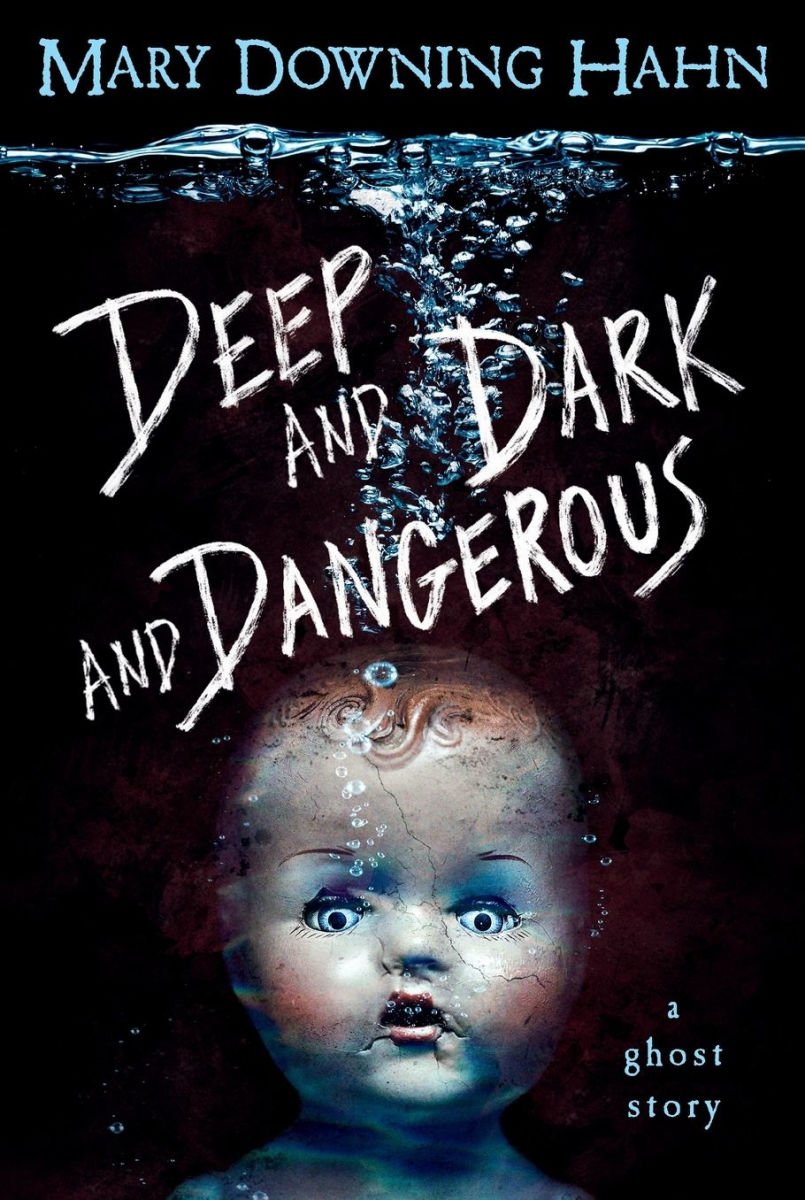
Thirteen-year-old Ali gets a chance to spend the summer with her aunt Dulcie and five-year-old cousin Emma at the family's long-abandoned lakefront property - over the strong objections of Ali's mother, who hates the lake. Ali is delighted to babysit Emma and get out from under her mom's over-protective thumb. But why do both her mother and Dulcie act so weird about the lake and their past there? Who's the mysterious girl who was ripped out of old family photos? And what's up with Sissy, the strange girl who hangs out at the lake and encourages Emma to behave badly and blame it on Ali?
Sissy's real identity won't come as a surprise to any readers over the age of 10, but there are some genuinely chilling moments and Hahn's trademark realistic family dynamics and exploration of guilty secrets and how parents' childhood trauma gets passed down to their children. I actually got stressed out reading about Ali trying to protect Emma while Dulcie blames Ali for all the weird stuff going on and accuses Ali of refusing to take responsibility for anything. (In fact, Dulcie and Ali's mom are the ones who are failing to take responsibility and projecting it on the kids.)
A good solid middle-grade ghost story with unusually complex family dynamics.



